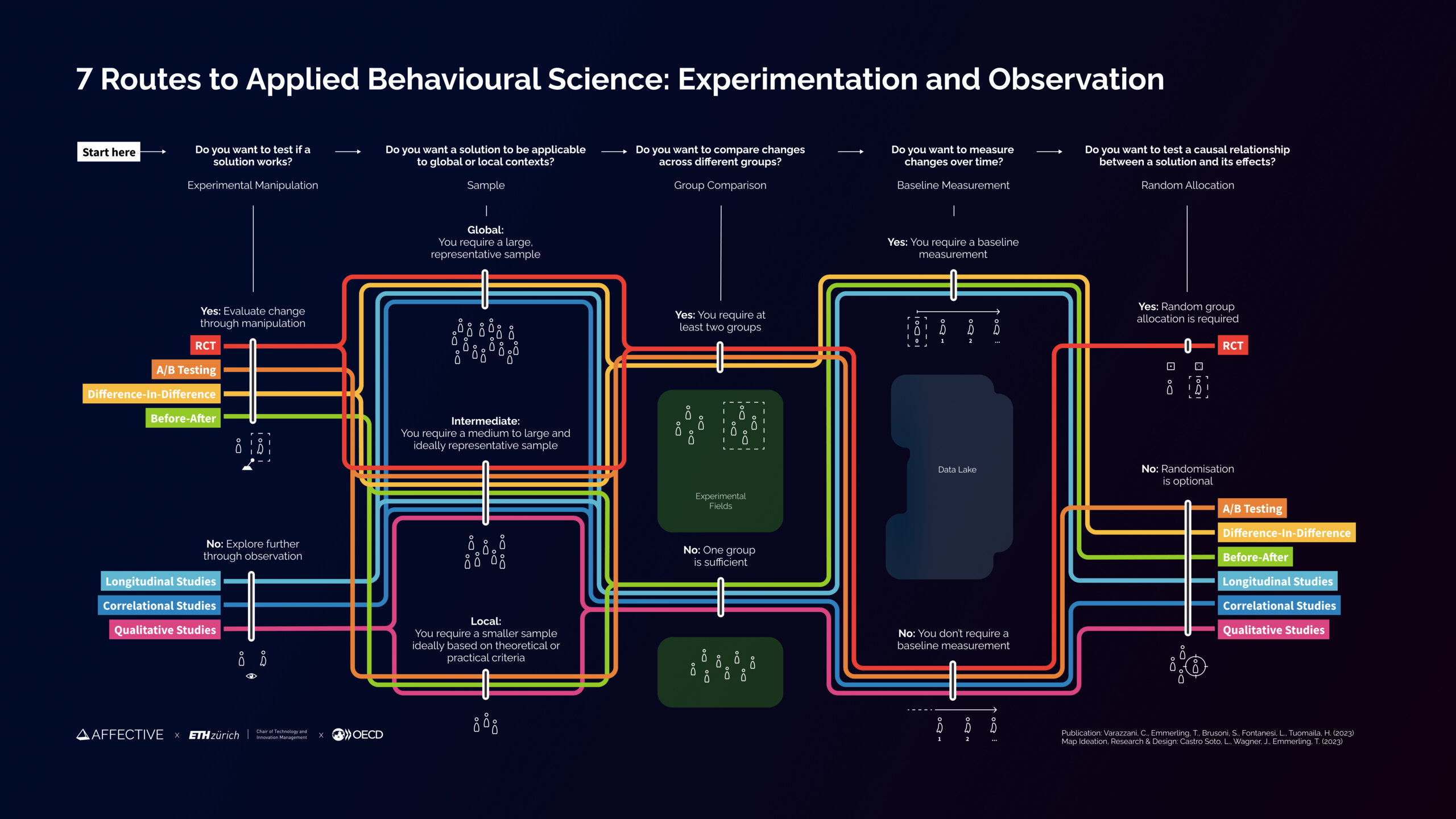Essay by Robert Mariani: “On an ordinary morning, you cradle a steaming cup of coffee while scrolling through your social media feeds. You’re in your happy place, engaging with the thoughts and creations of countless individuals at your leisure.
But something feels off. There’s no proof, but your instincts are sure of it. For a while now, the microcelebrities on Twitter have been engaging with you more than they should be, more than they were a few months ago. You’ve noticed patterns in conversations that are beyond your conscious mind’s power to decipher; there’s a rhythm to trends and replies that did not exist before.
A vague dread grips you. Why is everything a little bit different now? The smallest details are wrong. Your favorite posters have vanished from all platforms. There haven’t been any new memes for some time, only recycled iterations of old ones. Influencers are coordinated in their talking points like puppets being pulled by the same strings. Your favorite niche YouTuber has only recently been posting new content with any regularity. Is this a message? Is this what schizophrenia is like?
Dread gives way to the cold stab of terrible certainty as it hits you: they aren’t people. They’re bots. The Internet is all bots. Under your nose, the Internet of real people has gradually shifted into a digital world of shadow puppets. They look like people, they act like people, but there are no people left. Well, there’s you and maybe a few others, but you can’t tell the difference, because the bots wear a million masks. You might be alone, and have been for a while. It’s a horror worse than blindness: the certainty that your vision is clear but there is no genuine world to be seen.
This is the world of the Internet after about 2016 — at least according to the Dead Internet Theory, whose defining description appeared in an online forum in 2021.The theory suggests a conspiracy to gaslight the entire world by replacing the user-powered Internet with an empty, AI-powered one populated by bot impostors. It explains why all the cool people get banned, why Internet culture has become so stale, why the top influencers are the worst ones, and why discourse cycles seem so mechanically uniform. The perpetrators are the usual suspects: the U.S. government trying to control public opinion and corporations trying to get us to buy more stuff…(More)”.

